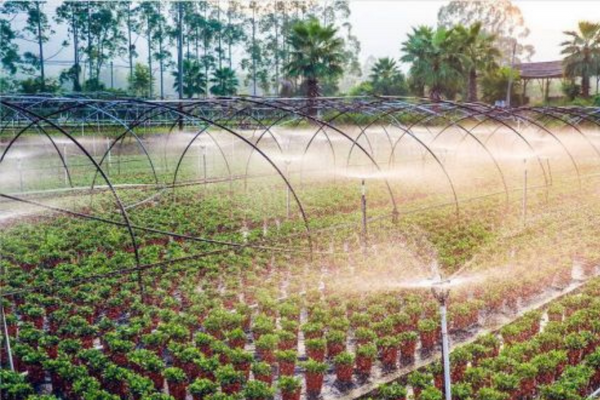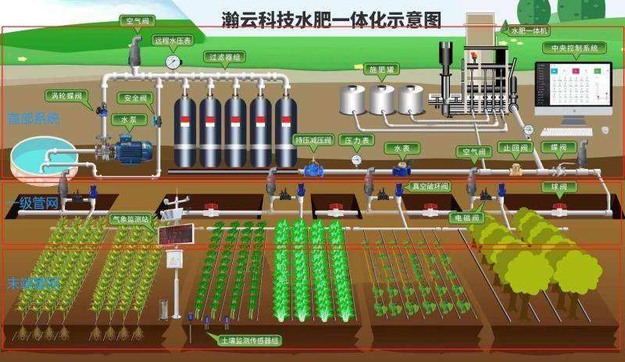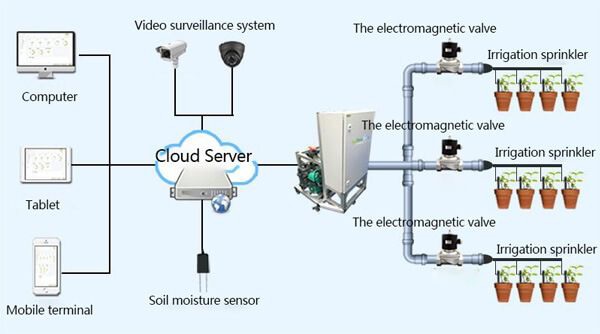An automatic irrigation system consists of a series of components. NiuBoL shares its insights in the following content:

Monitoring Center:
Hardware: Servers, computers, printers, large displays, and exchangers.
Software: water-saving irrigation system platform, database software, operating system software.
Communication network: GPRS/4G/LoRa
Valve control system:
The valve monitoring system consists of valve control, solenoid valve, and field controller.
The valve control system can help the farmland irrigate in different zones with the distribution function. The system uses a fully wireless roaming network, eliminating the need to lay lines on-site. Remote data transfer through partition management and cascaded communication. Each solenoid valve has a definite name. The solenoid valve opens according to a schedule determined by the rotation. The monitoring center sends instructions to the designated solenoid valve or irrigation group to turn on the solenoid valve for watering or turn it off to stop. According to the soil moisture content, the valve controller can be linked to realize automatic irrigation. The soil moisture value is set in the system. When the soil moisture is lower than the set value, the solenoid valve is on, and when the value is reached, the solenoid valve will be off. The valve controller is connected to the solenoid valve through a cable, and it communicates with the field controller through wireless (Lora) which sends the valve switch instruction to the valve controller.

Soil Moisture Monitoring System:
The soil moisture monitoring system consists of a valve controller, soil temperature and humidity sensor, and field controller.
The soil moisture monitoring system mainly collects and processes soil moisture. It can be managed through an all-digital network platform, and the data collected by the front-end digital can be sent back to the control center and each monitoring center through the wireless communication terminal through the GPRS/4G network to realize the distributed monitoring, centralized control, and management of the following functions.
The soil temperature and humidity sensors are connected to the valve controller via a 485 cable. The valve controller communicates with the field controller through Lora, and the collected data is uploaded to the monitoring center by the field controller through the 4G network.

Pump Control System:
The water pump control system consists of the electric well controller, PLC, and water meter.
The water pump control system monitors the power consumption of the submersible pump in the deep well, the operating status of the pump group, the pipeline flow, and other parameters, and transmits it back to the control center and each monitoring center through the GPRS/4G network to realize distributed monitoring, centralized control, management, and other functions.
For more information:
[email protected]
https://www.niubol.com/
